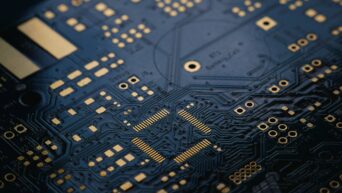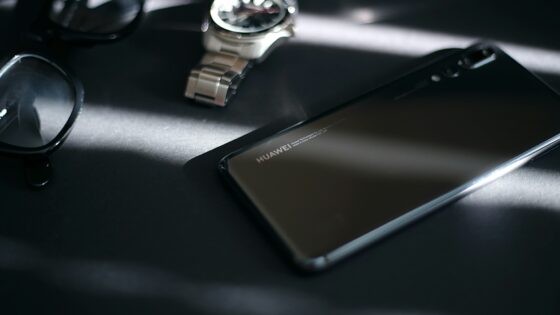There’s a big laundry list of things we need to fix before we can attempt a manned Mars mission.
At our current level of technology, Astronauts would not be able to survive a mission to Mars. But our curiosity of the red planet runs so high that figuring out a way to safely get astronauts to Mars is something that must be conquered!
A visit to the red planet would take considerably longer than a visit to the Moon, lasting months or even years. Think of how lonely and isolated astronauts would feel in a zero-gravity environment. In addition to that, astronauts would need to deal with the increased levels of radiation that would accompany a visit outside of the Earth’s atmosphere and magnetic field. Research has shown that one trip to Mars could expose an astronaut to 60% of the total radiation they should be exposed to in their whole lives.
Researchers know that hydrogen-containing substances are typically a good match for radiation. As a result of this knowledge, water could be used as a protective layer inside of the spacecraft. But water is very dense and expensive when used to travel out of space.
As a result, researchers would like to take advantage of the liquids that are already on board. This would include the drinking water provided to the astronauts as well as propellants that can be stored in areas where the astronauts would be sleeping. It would also be feasible to create water-lined spacesuits with fluids around the most blood-concentrated areas of the body.
The lack of gravity would also be problematic on the bones of astronauts. Without any gravity, astronauts would feel very little stress on their bones, which could lead to osteoporosis or worse. The fix for this would be the use of a 3D bioprinting machine that could be used to print human skin, bones, and organs on-demand. This is a tall order and would require someone who could surgically repair an astronaut up in space.
Finally, researchers are worried about the mental state of astronauts after being gone for so long. Currently, the International Space Station is using an AI-equipped robot known as “CIMON” to help monitor and improve an astronaut’s mood. The robot would provide a way to entertain astronauts and offer new things for them to experience.
A trip to Mars is still a long way’s off, but it is positive to see that sights are being set on a trip soon. Once the rocket takes off, there is no turning back due to illness concerns, so researchers and scientists will need to continue to think about any and all problems that could take place and have solutions ready to get all astronauts safely returned home.
































